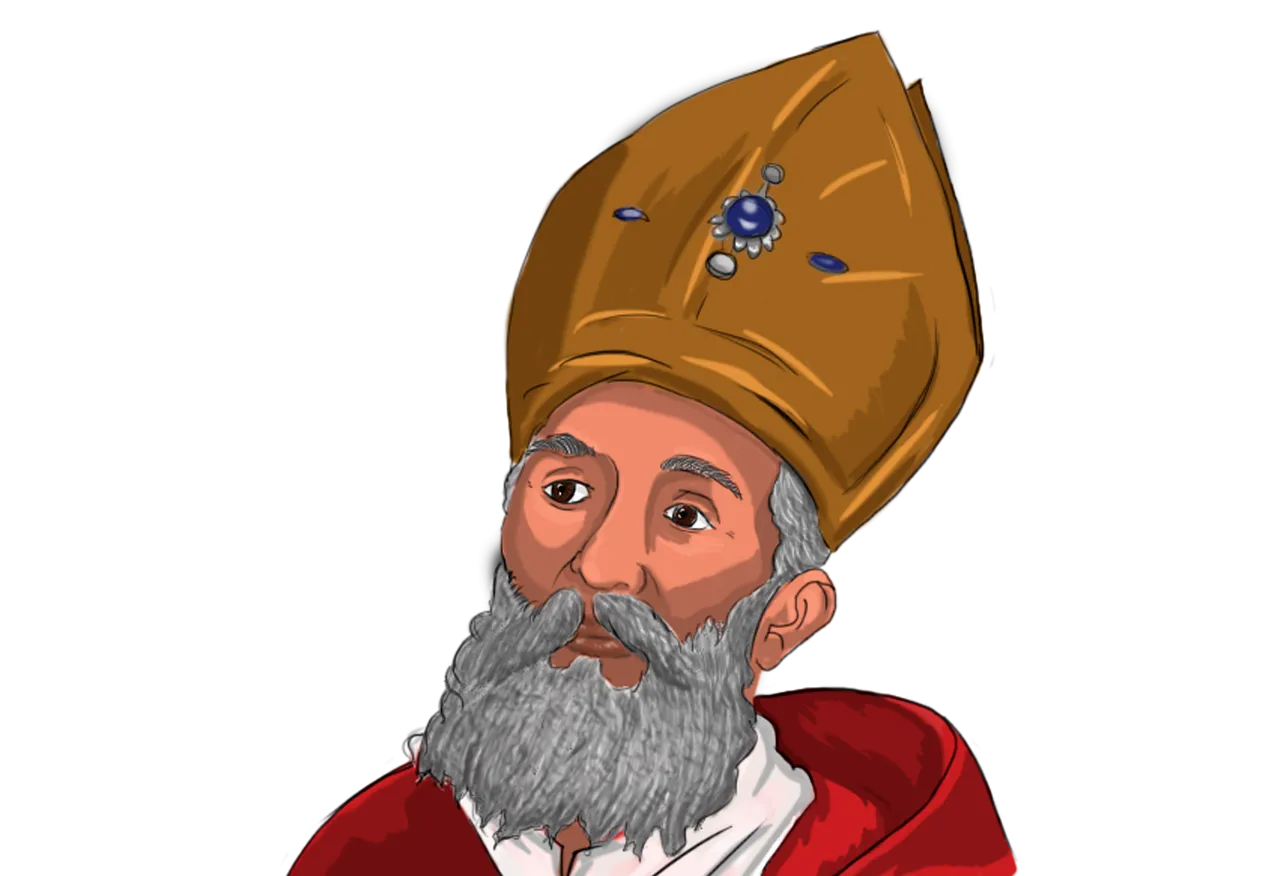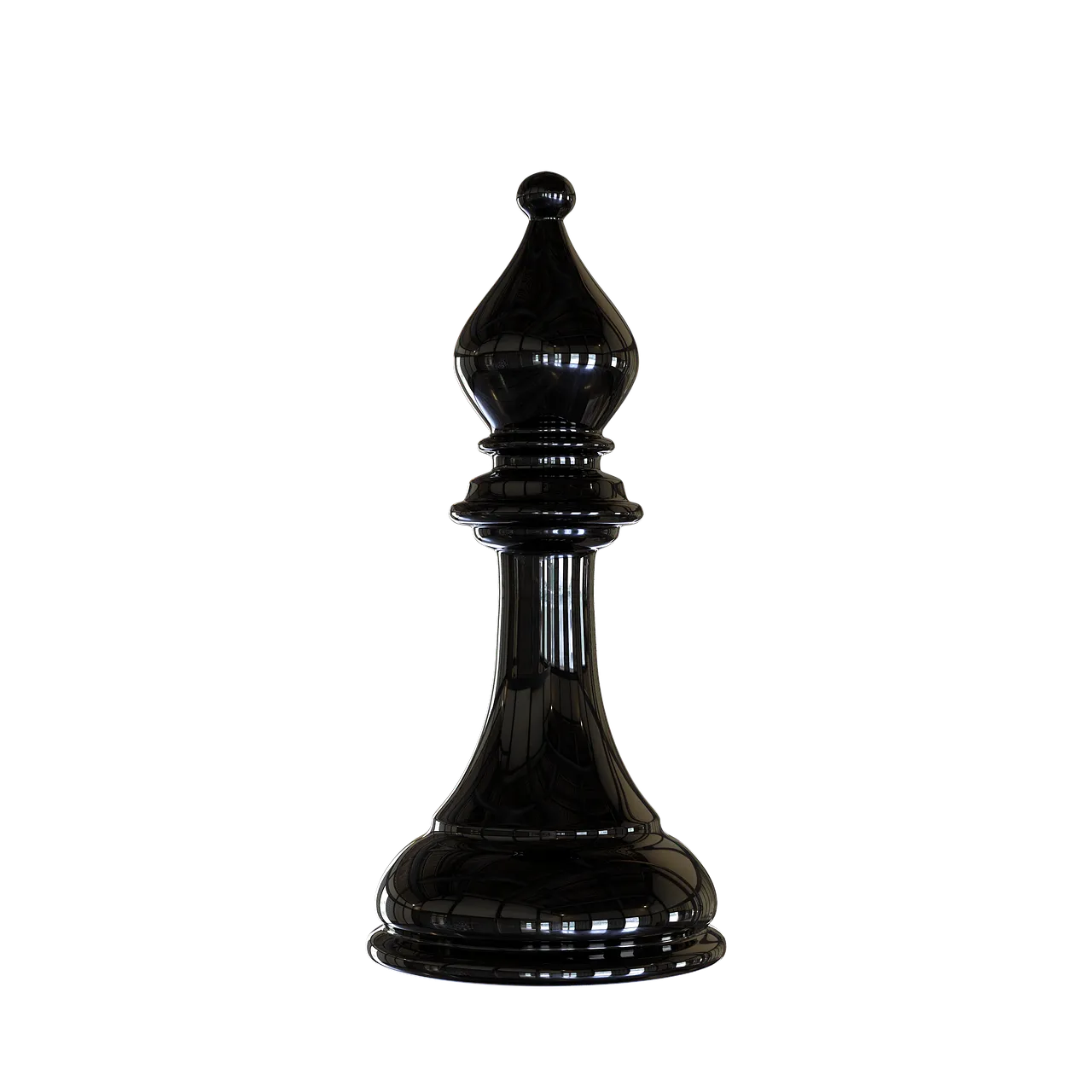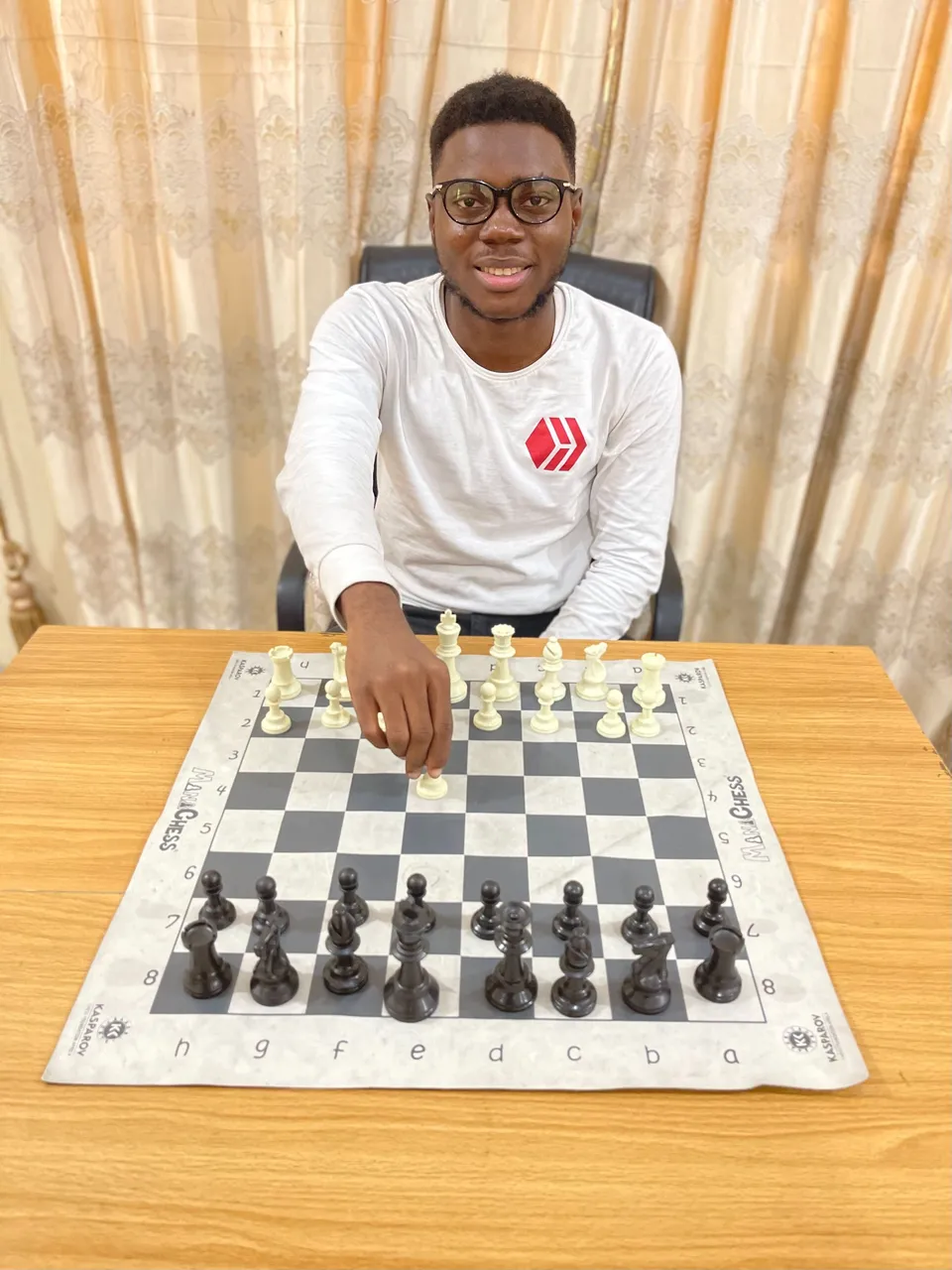So far, we have treated the chessboard, pieces, and pawn. The previous lesson, which happens to be on the pawns, is always available , and I recommend you check it out if you haven't, so you can stay synced with the lessons as I mapped them out, Previous Article. As we continue with our consistent progress, the goal is that by the end of the series, you should have a basic understanding of chess and the special moves involved in playing the game. In that light, we are moving over to another chess piece, and this happens to be the bishop, or as I like to call it, The Holy Priest.

You know how you watch those war movies set in the Elizabethan era, and the knights or soldiers are preparing for a brutal war that could change the course of history if they prevail, or wipe them off the surface of the earth and history if they fail. A unique thing I found fancy was how some knights or soldiers would go to their priest to pray for their soul or strength to win the war ahead of them. This act alone made the holy men special and powerful in some cases, and a good movie to illustrate such an example is Shogun. In Shogun, you will get to see how bishops or priests tend to control power through the followership they possess and how they use the holy teaching as a tool for manipulation and profiteering. Honestly, this story-like explanation just goes to say it is all the same in chess. The bishops are calm-looking pieces shaped like the older brother of a pawn with a dot on its head. But if mistaken to be a pawn or peace, it can cause an unforeseen catastrophe.
The Holy Priest

At the start of every chess game, both players get two bishops, one on the dark square, known as the dark-squared bishop, and the other on the light square, known as the light-squared bishop. This simple chess rule governs the bishop's movement. The light-squared bishop moves diagonally on only light squares, and the dark-squared bishop moves diagonally on dark squares. This means a light-squared bishop can never and should never be a dark square; talk more about moving diagonally on dark squares, and the same applies to a dark-squared bishop. As for its capture, just bear it in mind that a bishop captures the same way it moves (diagonally), but it can never land on the same square occupied by another piece or jump over a piece. Always remember that a bishop's power comes from the long range of squares it controls; the longer the range, the stronger the bishop.
Here is a reference video from chess.com to help you know more about the bishop. Do not get discouraged that it is for kids; instead, pay close attention to the lesson, as it is the simplest video out there on understanding everything about the bishop.
Keep up the good work and see you in our next lesson.


I am @samostically,I love to talk and write about chess because i benefited alot from playing chess and I love writing about chess.
♟♟♟♟♟♟♟♟♟
